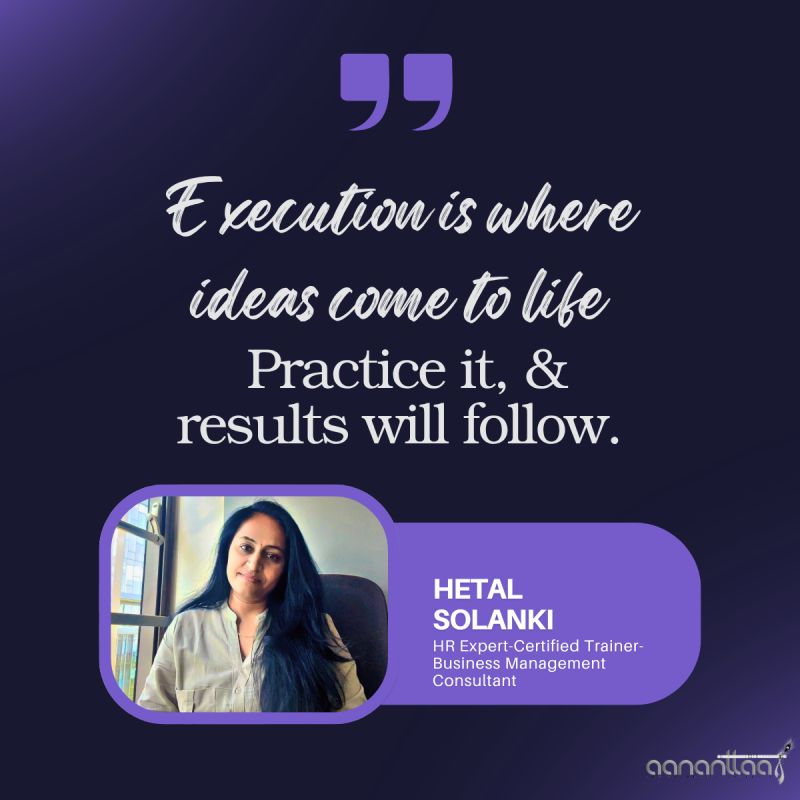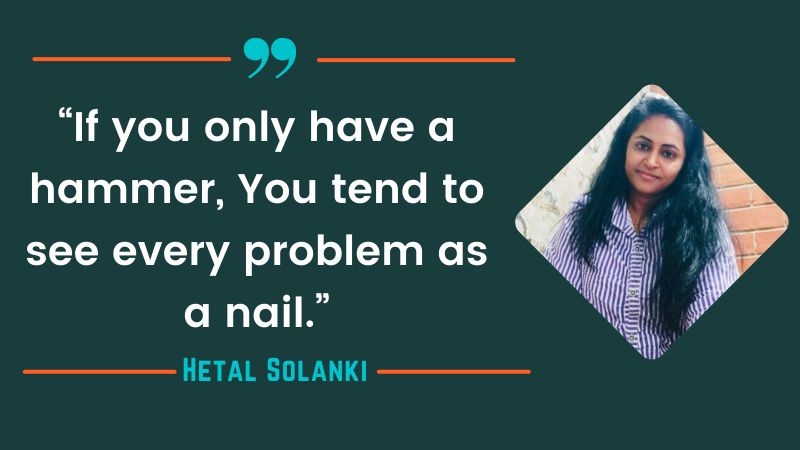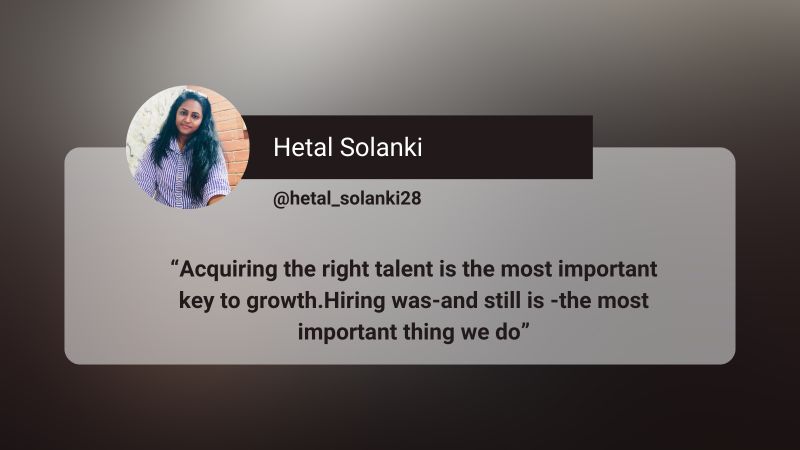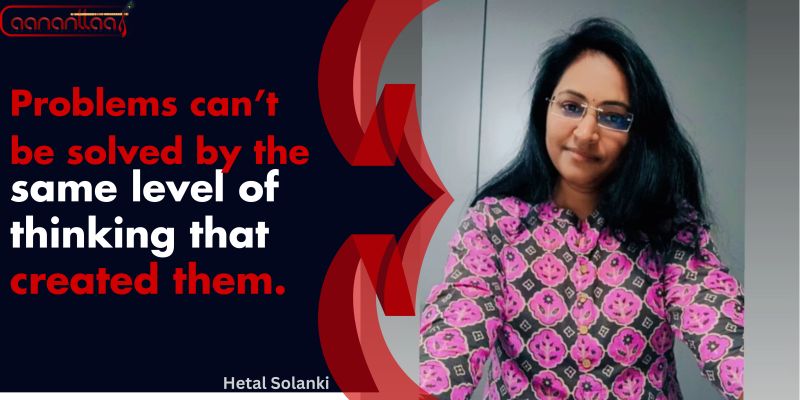
execution is where ideas come to life
In my 15+ years of experience working with SMEs and MSMEs across various industries, one pattern has stood out clearly:
Every organization—whether it's already established or just taking shape—tends to begin its HR journey with the creation of an organisational structure.
And rightly so.
An effective org structure lays the foundation for clarity in roles, alignment of teams, streamlined communication, and overall strategic growth. It’s not just a chart—it’s the backbone of how a business functions and evolves.
While most businesses begin with creating an organization chart, it’s often misunderstood.
The main objective of an org chart isn’t just to map designations or list employees neatly in boxes. Its true purpose is to establish a clear hierarchy—bridging frontline staff, middle management, and senior leadership. It's meant to be a functional tool for effective communication, decision-making, role clarity, and even succession planning.
But here’s the brutal truth—in many organizations, the org chart ends up being just a decorative diagram on paper or a wall. Rarely do teams operate in alignment with the structure it reflects.
An org chart should inspire transparency, accountability, and aspiration. When used wisely, it can show employees a growth path, help identify future leaders, and drive strategic delegation.
It’s time we stop treating it as a formality and start using it as a living framework for organisational success. Yes, it absolutely means something—and something important. You're touching on a very real and common organisational problem.
We’re often great at designing systems on paper, drafting detailed SOPs, structures, and policies.
But when it comes to execution, many organizations fall short.
And then, we wonder why results don’t show up.
The truth is: A system is only as effective as its execution.
Without discipline, follow-through, and accountability, even the best-designed processes become meaningless documents filed away or framed on walls.
This gap between design and delivery is what holds back real growth—and it’s time we acknowledge and address it.
Here’s a simple truth I’ve learned:
One well-executed system delivers more value than ten beautifully designed ones left on paper.
Stop chasing perfection in planning.
Start practicing execution.
Focus on making the system work—consistently, practically, and with discipline.
That’s when results will follow.








